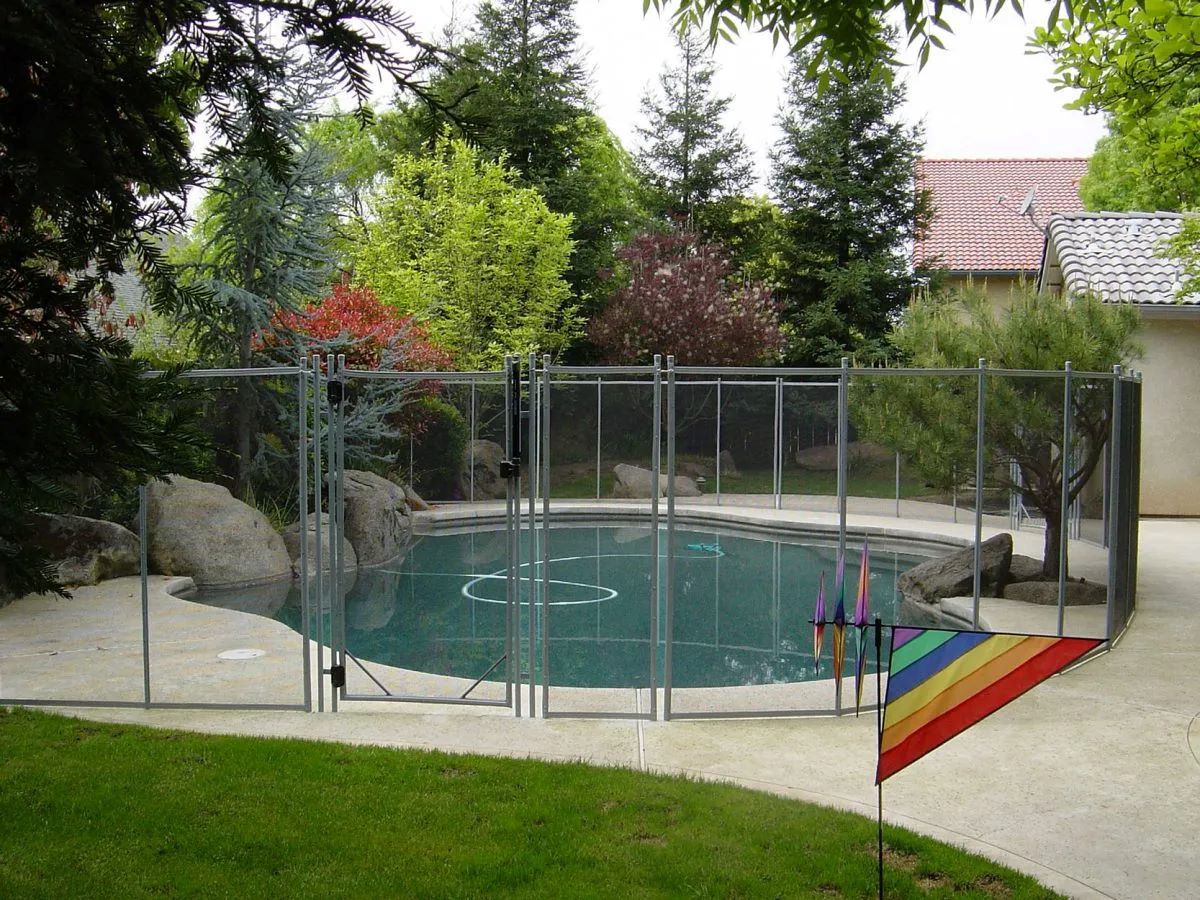

Articles
How Tall Does A Pool Fence Need To Be
Modified: October 27, 2024
Discover the ideal height for a pool fence in this informative article. Find out the essential requirements and regulations to ensure safety and compliance.
(Many of the links in this article redirect to a specific reviewed product. Your purchase of these products through affiliate links helps to generate commission for Storables.com, at no extra cost. Learn more)
Introduction
Welcome to our comprehensive guide on pool fence height requirements. If you are a pool owner or considering installing a pool, it is crucial to understand the importance of pool fencing and the regulations surrounding it. Pool fencing plays a vital role in preventing accidents and ensuring the safety of children and pets.
Every year, numerous drowning incidents occur in residential pools, making it essential for pool owners to take the necessary precautions to prevent such tragedies. One of the most effective measures is to install a pool fence that meets the required height standards.
In this article, we will delve into the details of pool fence height requirements, explore the factors that affect fence height, and discuss the different types of materials used for pool fencing. Additionally, we will cover important safety considerations and maintenance tips to keep your pool fence in excellent condition.
Understanding the regulations and guidelines regarding pool fence height in your area is of utmost importance. Failure to comply with these regulations can result in fines and, more importantly, jeopardize the safety of your loved ones. Let’s dive into the details of pool fence height requirements and ensure that your pool area is safe and secure.
Key Takeaways:
- Pool fence height requirements typically range from 4 to 5 feet, but local regulations, proximity to water bodies, and privacy concerns can influence the optimal height. Understanding these factors is crucial for creating a safe and secure pool area.
- In addition to height, gate security, regular maintenance, and proper visibility are essential for pool fencing safety. Choosing the right material, such as aluminum, wrought iron, mesh, glass, or wood, and conducting routine inspections contribute to a secure pool environment.
Read more: How Tall Does Chimney Need To Be
Importance of Pool Fencing
Pool fencing is a crucial safety feature that helps prevent accidents and drowning incidents in residential pool areas. It serves as a barrier between the pool and the surrounding area, limiting access to the pool and reducing the risk of unauthorized entry.
Here are some key reasons why pool fencing is important:
- Safety for children: The primary purpose of pool fencing is to protect young children from accidental drowning. According to the Centers for Disease Control and Prevention (CDC), drowning is the leading cause of unintentional injury-related deaths for children between the ages of 1 and 4. A proper pool fence acts as a physical barrier, preventing unsupervised access to the pool and reducing the risk of accidents.
- Prevents unauthorized access: A pool fence acts as a deterrent, preventing unauthorized individuals from entering the pool area. This can include neighbors, stray animals, and even intruders. By limiting access to the pool, you can ensure it is used only when supervised and decrease the chances of accidents or incidents.
- Liability protection: Having a pool fence in compliance with local regulations can protect you from potential legal liabilities. In the unfortunate event of an accident, you can demonstrate that you have taken reasonable measures to secure the pool area, minimizing your liability.
- Peace of mind: Installing a pool fence provides peace of mind for pool owners and parents. Knowing that there is an extra layer of protection and safety in place allows you to enjoy your pool without constant worry or stress.
It is important to note that pool fencing is not a substitute for adult supervision. It should always be used in conjunction with proper supervision and other safety measures, such as pool alarms and swimming lessons for children.
In the next section, we will discuss the standard pool fence height requirements and the local regulations you need to be aware of when installing a pool fence.
Standard Pool Fence Height
When it comes to the height of a pool fence, there are generally accepted standard requirements that vary depending on the local regulations and guidelines. It is essential to familiarize yourself with these standards to ensure your pool fence is compliant and effective in preventing accidents.
While the specific height requirements may vary by jurisdiction, the majority of pool fence height standards fall within the range of 4 to 5 feet. This height is considered sufficient to deter small children from climbing over the fence and accessing the pool area unsupervised.
Some jurisdictions may have stricter requirements, particularly for properties with specific characteristics such as proximity to water bodies or the presence of multiple access points. It is crucial to consult with your local building department or a professional pool fence installer to determine the specific height requirements in your area.
In addition to the height of the fence itself, there are often guidelines regarding the spacing between the vertical bars or slats. The objective is to prevent a child from squeezing through or getting stuck in the gaps. Standard recommendations suggest a maximum spacing of 4 inches between the bars or slats.
It is worth noting that these are general guidelines and may not apply universally. Always check with your local authorities to ensure compliance with the specific regulations in your area. Failure to adhere to these standards can result in penalties, fines, or even forced removal of the pool fence.
Now that we have discussed the standard pool fence height requirements, let’s move on to exploring the local regulations and requirements that may impact your pool fence installation.
Local Regulations and Requirements
When it comes to installing a pool fence, it is vital to familiarize yourself with the local regulations and requirements in your area. Pool fence regulations can vary from state to state and even between municipalities within the same state. It is essential to research and understand the specific guidelines that apply to your location.
Local regulations typically cover several aspects of pool fencing, including but not limited to:
- Fence height: As discussed earlier, most jurisdictions require a minimum fence height of 4 to 5 feet. However, some areas may have specific requirements based on factors such as property location, nearby bodies of water, or other safety considerations.
- Gate requirements: Regulations often specify the type and characteristics of the gates that are permissible for pool fences. This may include self-closing and self-latching mechanisms, latch heights, and the direction the gate should swing.
- Clearances: Local regulations may define the required clearance between the bottom of the fence and the ground to prevent potential gaps and spaces through which a child can crawl or crawl into the pool area.
- Bar or slat spacing: As mentioned earlier, regulations often outline the maximum permissible spacing between bars or slats to prevent children from squeezing through or getting stuck. The maximum spacing is typically around 4 inches.
- Permits and inspections: Many jurisdictions require homeowners to obtain permits before installing a pool fence. Additionally, periodic inspections may be conducted to ensure compliance with regulations and maintain the safety of the pool area.
To determine the specific regulations and requirements in your area, it is recommended to contact your local building department or consult with a professional pool fence installer who is familiar with the local codes. They can guide you through the process and ensure your pool fence meets all the necessary requirements.
Understanding and adhering to the local regulations not only ensures compliance but also helps create a safer pool environment for everyone. Failure to comply with the regulations can result in penalties, fines, or even legal consequences in the event of an accident.
Now that we have covered the local regulations and requirements, let’s explore the factors that can affect the height of your pool fence in the next section.
Factors Affecting Pool Fence Height
While there are standard guidelines for pool fence height, several factors can influence the appropriate height requirement for your specific situation. Understanding these factors is crucial to ensure the safety and effectiveness of your pool fence.
Here are some key factors that can affect the height of your pool fence:
- Local regulations: The first and most important factor is the local regulations and requirements in your area. As mentioned earlier, different jurisdictions may have specific rules regarding the minimum height of a pool fence. It is crucial to comply with these regulations to avoid penalties and ensure the safety of your pool area.
- Proximity to water bodies: If your property is located near a natural water source, such as a river, lake, or pond, local regulations may stipulate additional height requirements due to the inherent risk of water-related accidents. The distance between your pool and the water body may impact the required fence height to prevent unauthorized access.
- Type of pool: The type of pool you have can also influence the appropriate fence height. For example, if you have an above-ground pool with a deck or raised platform, the height requirement may differ compared to an in-ground pool that is at ground level. The specific characteristics of your pool should be taken into consideration when determining the appropriate fence height.
- Neighboring properties: The proximity and layout of neighboring properties can also affect the needed fence height. If adjacent properties have a higher elevation or structures that can potentially provide access to your pool area, it may be necessary to install a taller fence to prevent unauthorized entry.
- Privacy concerns: Some homeowners may install pool fences not only for safety reasons but also for privacy. If privacy is a priority for you, it might influence the height requirement of your pool fence, ensuring that it provides the desired level of privacy in addition to meeting safety standards.
Considering these factors will help you determine the appropriate height for your pool fence, taking into account both safety requirements and specific property considerations. It is always advisable to consult with local authorities or a professional pool fence installer to ensure compliance with regulations and to address any unique circumstances affecting your pool fence requirements.
Next, we will discuss important safety considerations that go beyond the height of the pool fence itself.
A pool fence should be at least 4 feet tall to prevent young children from accessing the pool area unsupervised. Check local building codes for specific height requirements.
Read more: How Tall Can A Fence Be In California
Safety Considerations for Pool Fencing
When it comes to pool fencing, height is just one aspect of ensuring the safety of your pool area. There are several other important considerations that should be taken into account to create a secure environment. Here are some essential safety considerations for pool fencing:
- Gate security: The gate of your pool fence plays a crucial role in the overall safety. It should be self-closing and self-latching, ensuring that it automatically closes and latches securely after every use. The latch mechanism should be positioned at a height that is out of reach of young children.
- Proper maintenance: Regular maintenance of your pool fence is essential to keep it in optimal condition. Check for any loose or broken parts, damaged bars or slats, and ensure that the gates and latches are functioning correctly. Promptly repair any issues to maintain the integrity and effectiveness of your pool fence.
- Clear visibility: Clear visibility through the fence is essential for effective supervision of the pool area. Avoid placing any objects, plants, or structures near the fence that could obstruct the view. Additionally, consider using fence materials that offer transparency, such as mesh or glass panels, for improved visibility.
- Pool alarms: Alongside a pool fence, it is recommended to install additional safety features such as pool alarms. Pool alarms can detect movement or disturbances in the water and alert you to any potential unauthorized entry. They can provide an added layer of protection and help ensure prompt response to any unforeseen risks.
- Education and supervision: While a pool fence is an essential safety measure, it should never replace adult supervision. Properly educate your family members and guests about pool safety guidelines, including the importance of staying away from the pool area when it is not in use or unsupervised. Ensure that responsible adults are present and actively supervising whenever the pool is accessible.
Remember, while a pool fence can significantly reduce the risk of accidental drowning, it is not foolproof. It is crucial to maintain a proactive approach to pool safety by combining multiple measures and practices.
Now that we have covered the safety considerations for pool fencing, let’s explore the different types of materials commonly used for pool fences.
Types of Pool Fencing Materials
When it comes to choosing the right pool fence for your needs, there are various materials available, each with its own set of advantages and considerations. Here are some common types of pool fencing materials:
- Aluminum: Aluminum is a popular choice for pool fencing due to its durability, low maintenance requirements, and affordability. It is resistant to rust and corrosion, making it suitable for outdoor applications. Aluminum fences can be customized to fit various styles and designs, and they often come in a range of colors to complement your pool area.
- Wrought Iron: Wrought iron offers a classic and elegant look for pool fences. This material is known for its strength and durability, providing excellent security for your pool area. Wrought iron fences can be customized with intricate designs and embellishments, adding a touch of sophistication to your outdoor space. However, it is important to note that wrought iron requires regular maintenance to prevent rust and ensure its longevity.
- Mesh: Mesh fences are a popular choice for pool owners due to their versatility and affordability. These fences are typically made of high-strength nylon mesh panels that are supported by aluminum or steel poles. Mesh fences offer excellent visibility, allowing you to easily supervise the pool area. They are also removable, making them a convenient option for temporary fencing needs.
- Glass: Glass pool fences provide a modern and sleek aesthetic, offering an unobstructed view of the pool area. Tempered glass panels are held in place by stainless steel or aluminum posts, creating a visually appealing and durable barrier. Glass fences are resistant to weathering and require minimal maintenance. However, it is important to note that glass can be prone to fingerprints and smudges, requiring occasional cleaning.
- Wood: Wood fences offer a natural and warm aesthetic, blending well with outdoor surroundings. They can be constructed using various wood types, such as cedar or redwood, which are naturally resistant to rot and decay. Wood fences provide privacy and can be customized to match your desired aesthetics. However, they may require more maintenance compared to other materials, as they may need to be regularly stained or sealed to protect against moisture and UV damage.
When selecting a pool fencing material, consider factors such as your desired aesthetic, budget, maintenance requirements, and the overall style of your outdoor space. It is important to choose a material that not only meets safety standards but also enhances the overall visual appeal of your pool area.
Next, we will discuss the importance of pool fence maintenance and regular inspections.
Pool Fence Maintenance and Inspection
Maintaining your pool fence is crucial for its effectiveness in providing safety and security. Regular maintenance and inspections help ensure that the fence remains in good condition and continues to serve its purpose. Here are some important steps to follow for pool fence maintenance:
- Cleaning: Depending on the material of your pool fence, regular cleaning may be required to remove dirt, debris, and any buildup. Use a mild detergent and water solution to clean the fence, avoiding harsh chemicals that may damage the material. Regular cleaning helps prevent discoloration and maintains the fence’s appearance.
- Inspections: Regular inspections of your pool fence are important to identify any signs of wear, damage, or loose components. Inspect the fence for any broken or corroded parts, loose screws or posts, and sagging sections. Ensure that the gate closes and latches securely. Address any issues promptly to maintain the fence’s structural integrity.
- Repairs: If you notice any damage or issues during inspections, it is important to repair them immediately. Replace any broken or missing parts, tighten loose components, and fix any sagging sections. Prompt repairs prevent further deterioration and ensure the continued effectiveness of your pool fence.
- Maintaining vegetation: If there are trees, shrubs, or other vegetation near the pool fence, ensure they are properly maintained. Trim any branches or foliage that may be touching or encroaching on the fence. This prevents damage to the fence and reduces the risk of debris accumulating near the pool area.
- Regular checks of gate mechanisms: The gate of your pool fence is a critical component for safety. Regularly check the gate hinges, latch, and self-closing mechanism. Ensure that they are functioning correctly and have not been obstructed or tampered with. Lubricate the hinges if necessary to ensure smooth operation.
In addition to routine maintenance, it is advisable to schedule periodic professional inspections of your pool fence. A professional can assess the fence’s overall condition, identify any hidden or potential issues, and provide expert recommendations for repairs or improvements. Having a professional inspection conducted regularly adds an additional layer of assurance that your pool fence remains in optimal condition.
Regular maintenance and inspections not only help extend the lifespan of your pool fence but also contribute to the safety and security of your pool area. By keeping the fence well-maintained, you can have peace of mind knowing that your pool is properly protected.
Now that we have discussed pool fence maintenance, let’s conclude our guide on pool fence height requirements.
Conclusion
Installing a pool fence and ensuring it meets the appropriate height requirements is vital for the safety and security of your pool area. Pool fencing serves as a critical barrier that helps prevent accidents, especially for young children. By understanding and following the local regulations and requirements, you can create a secure environment and minimize the risk of unauthorized access.
While standard pool fence height requirements generally fall within the range of 4 to 5 feet, it is essential to consider other factors that may affect the appropriate fence height for your situation. Factors such as local regulations, proximity to water bodies, type of pool, neighboring properties, and privacy concerns should all be taken into account to determine the optimal height for your pool fence.
In addition to height, there are other important safety considerations for pool fencing. Ensuring the gate is secure and self-latching, conducting regular maintenance and inspections, maintaining good visibility, and implementing additional safety measures such as pool alarms are essential steps to enhance the safety of your pool area.
When it comes to pool fence materials, there are various options available. Aluminum, wrought iron, mesh, glass, and wood are all popular choices, each offering its own set of advantages in terms of durability, aesthetics, and maintenance requirements. Consider your preferences, budget, and the overall style of your property when selecting the appropriate material for your pool fence.
Regular maintenance and inspections of your pool fence are crucial for its effectiveness. Cleaning, inspections for damage or wear, prompt repairs, vegetation maintenance, and regular checks of gate mechanisms are all important steps to maintain the structural integrity and functionality of your pool fence.
In conclusion, understanding the importance of pool fencing, complying with the local regulations, considering the factors that affect fence height, implementing additional safety measures, and maintaining your pool fence are all essential for creating a safe and secure pool area. By investing in a properly installed and well-maintained pool fence, you can enjoy your pool with peace of mind, knowing that you have taken the necessary steps to protect your loved ones and prevent accidents.
Frequently Asked Questions about How Tall Does A Pool Fence Need To Be
Was this page helpful?
At Storables.com, we guarantee accurate and reliable information. Our content, validated by Expert Board Contributors, is crafted following stringent Editorial Policies. We're committed to providing you with well-researched, expert-backed insights for all your informational needs.
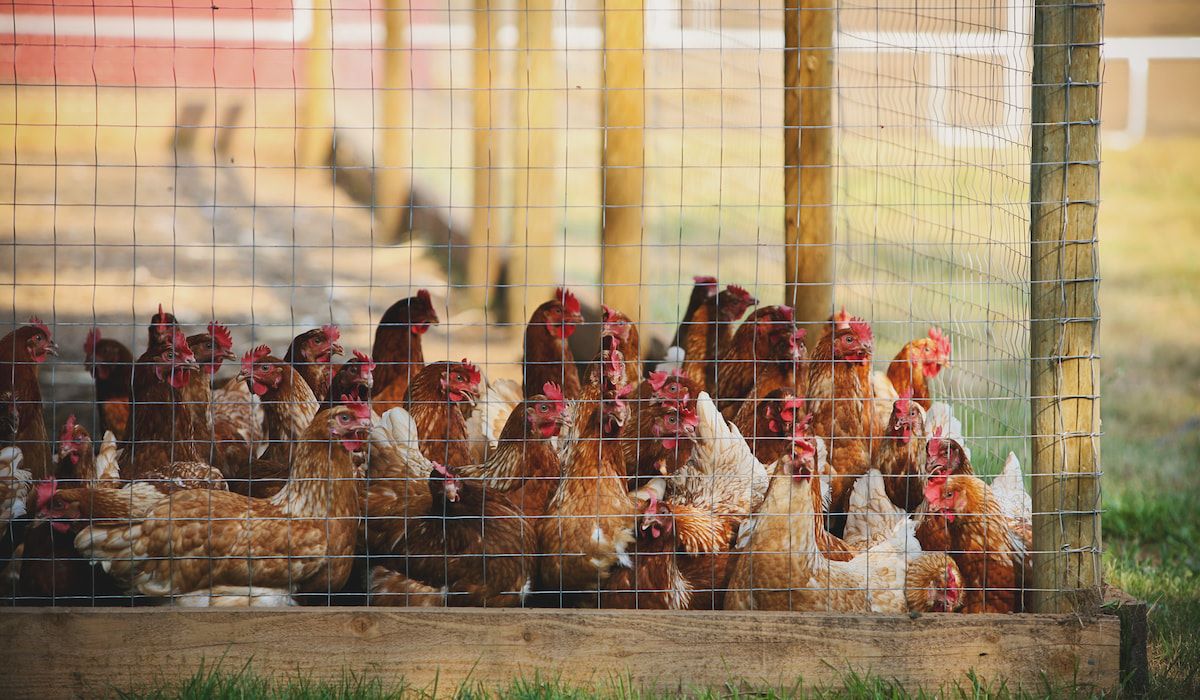
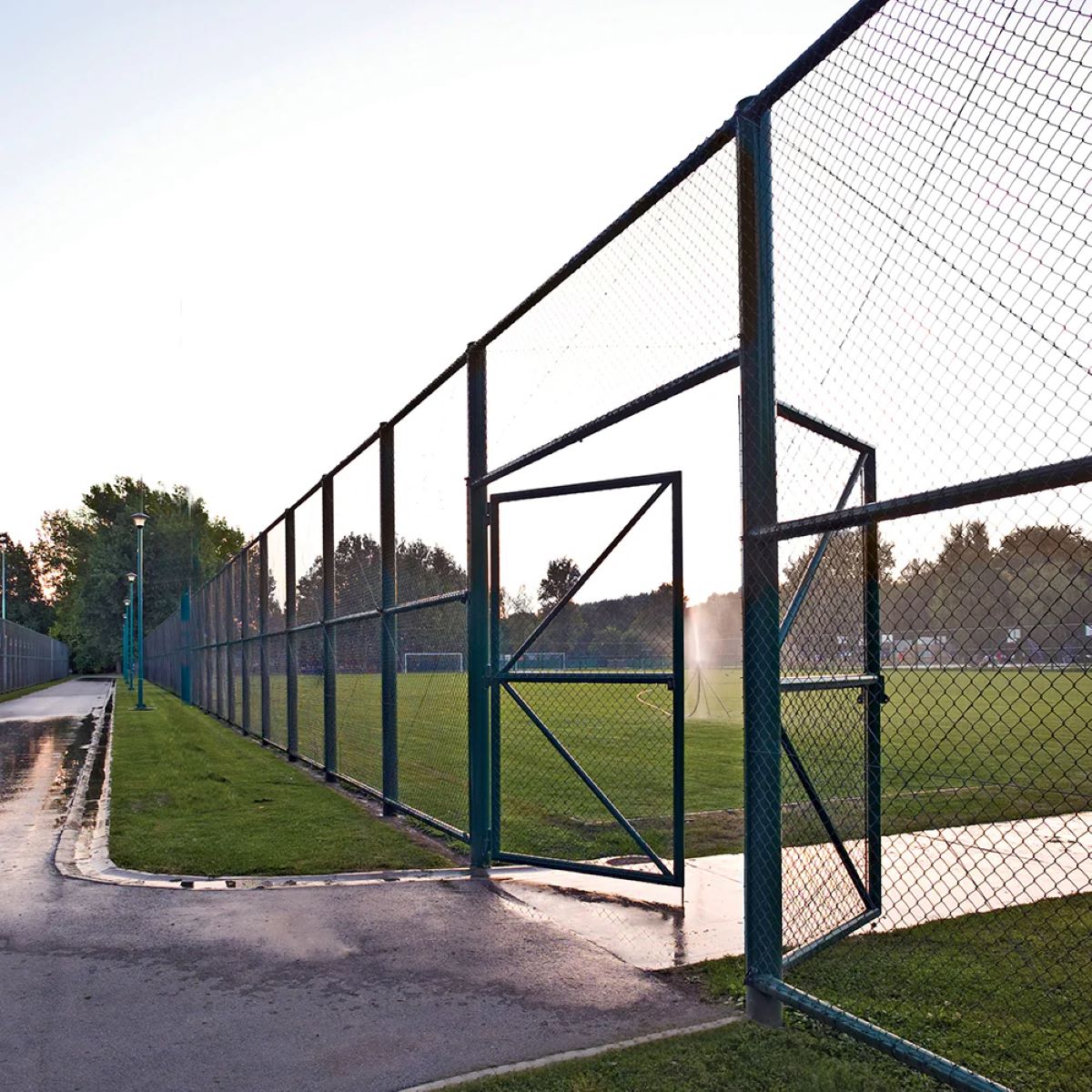
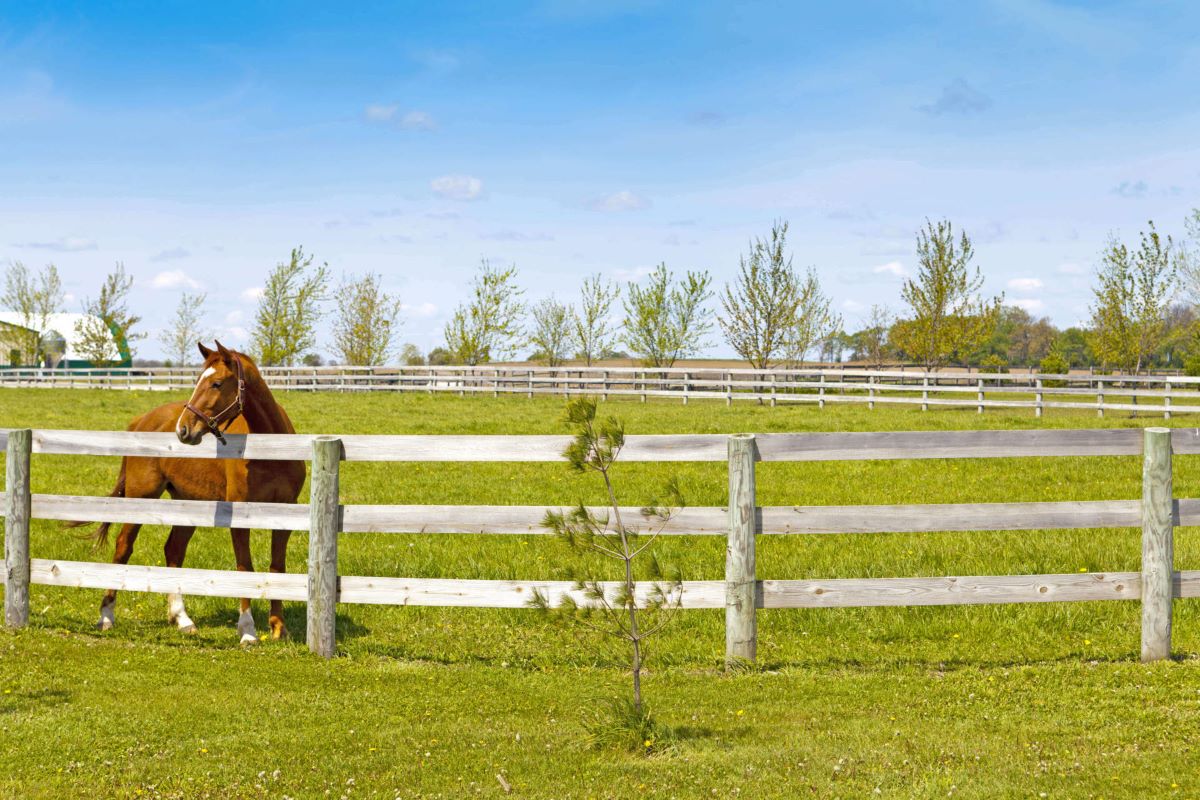
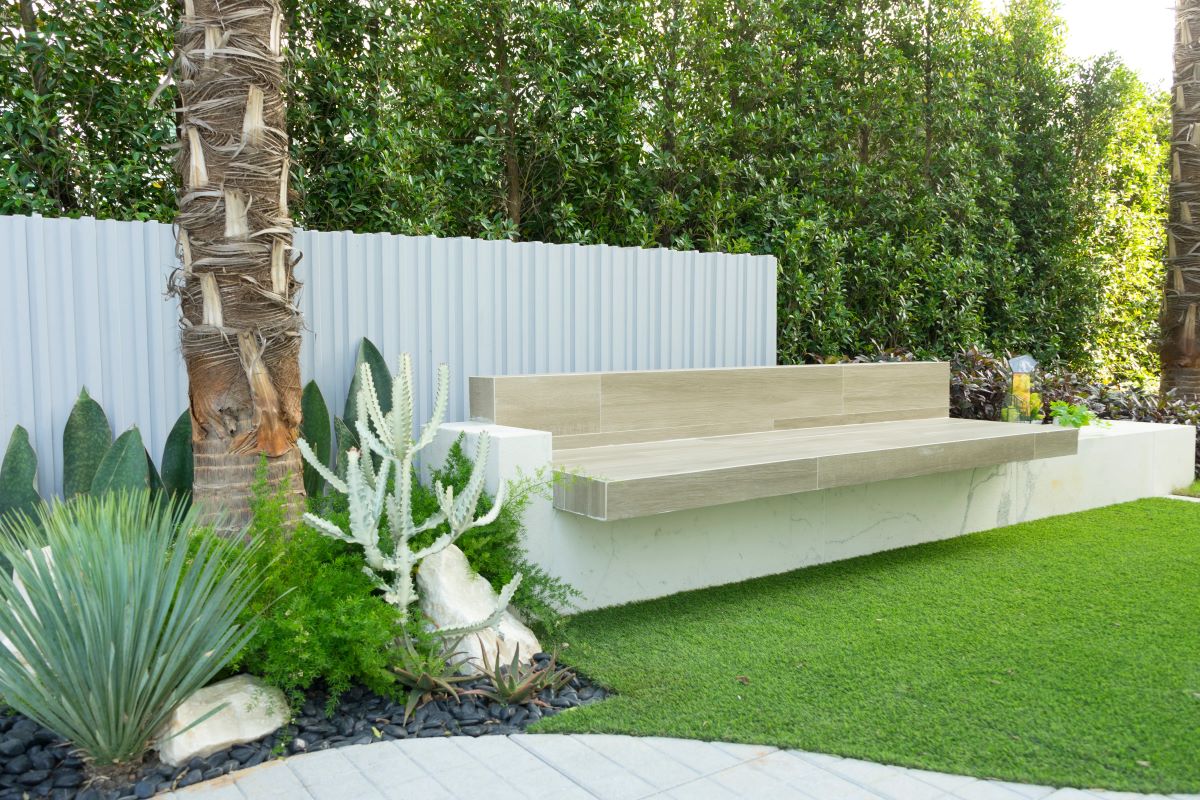
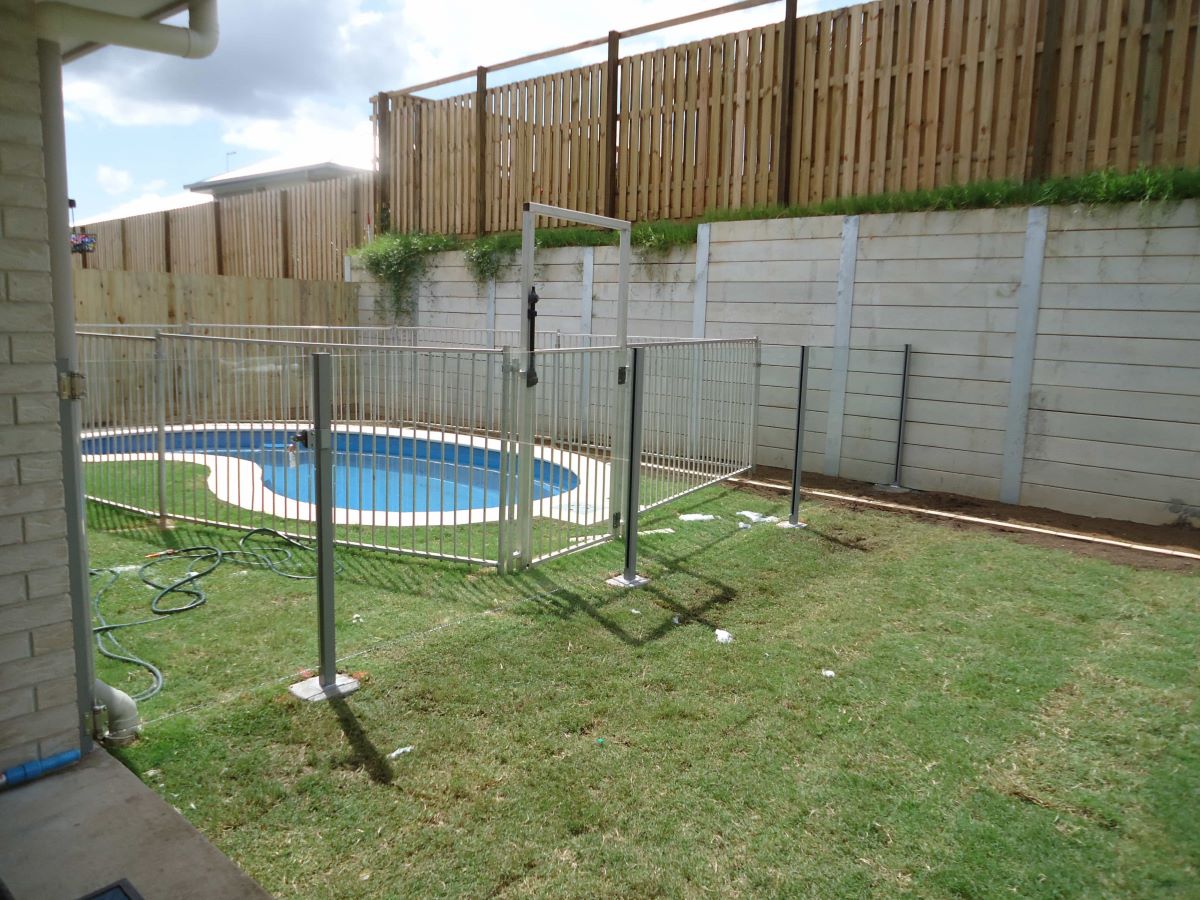
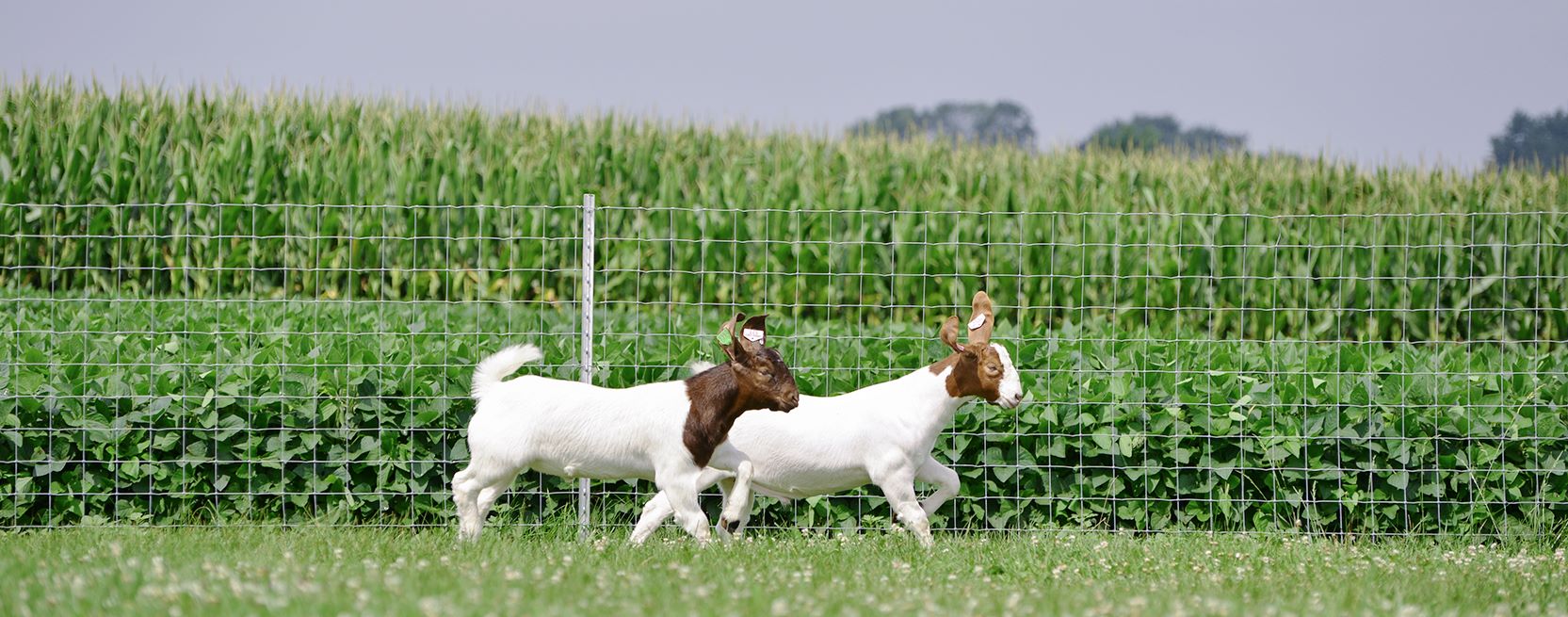
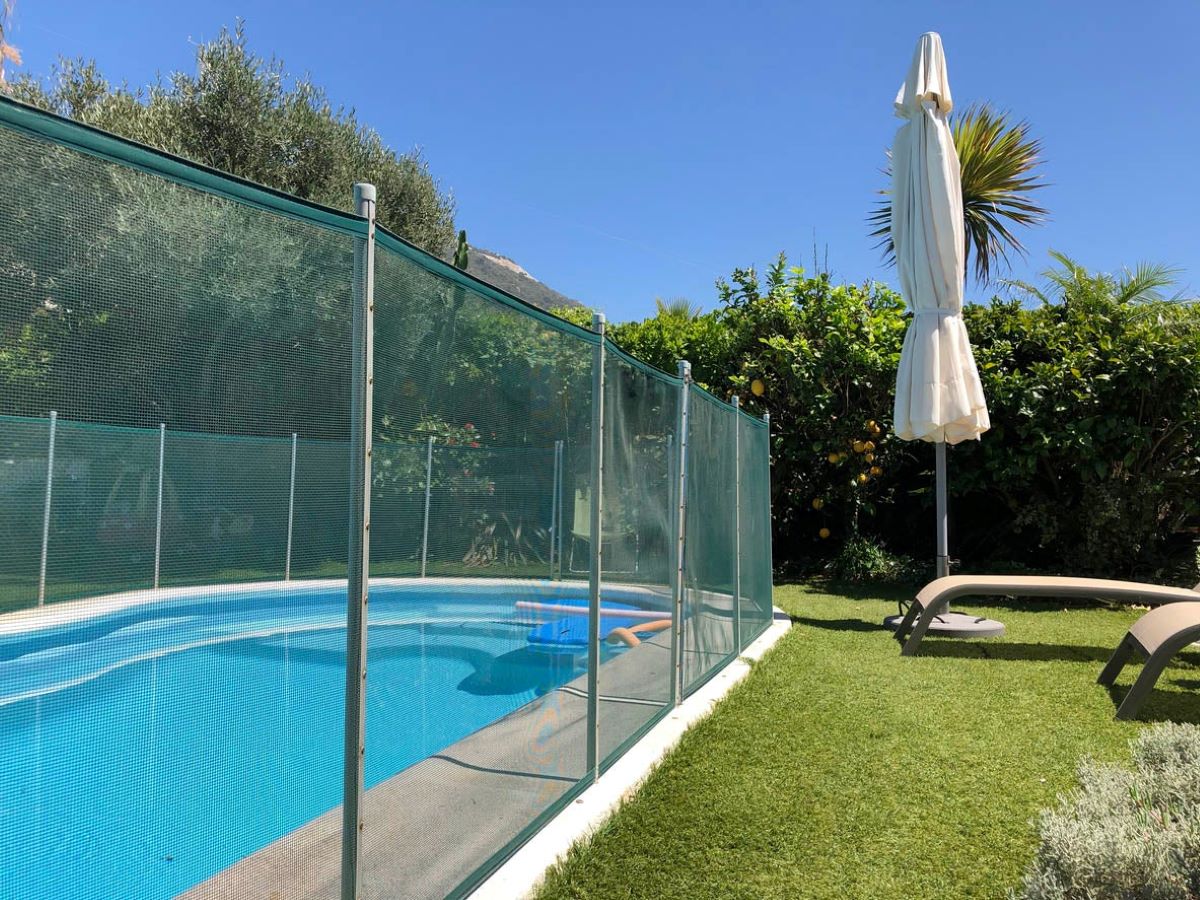
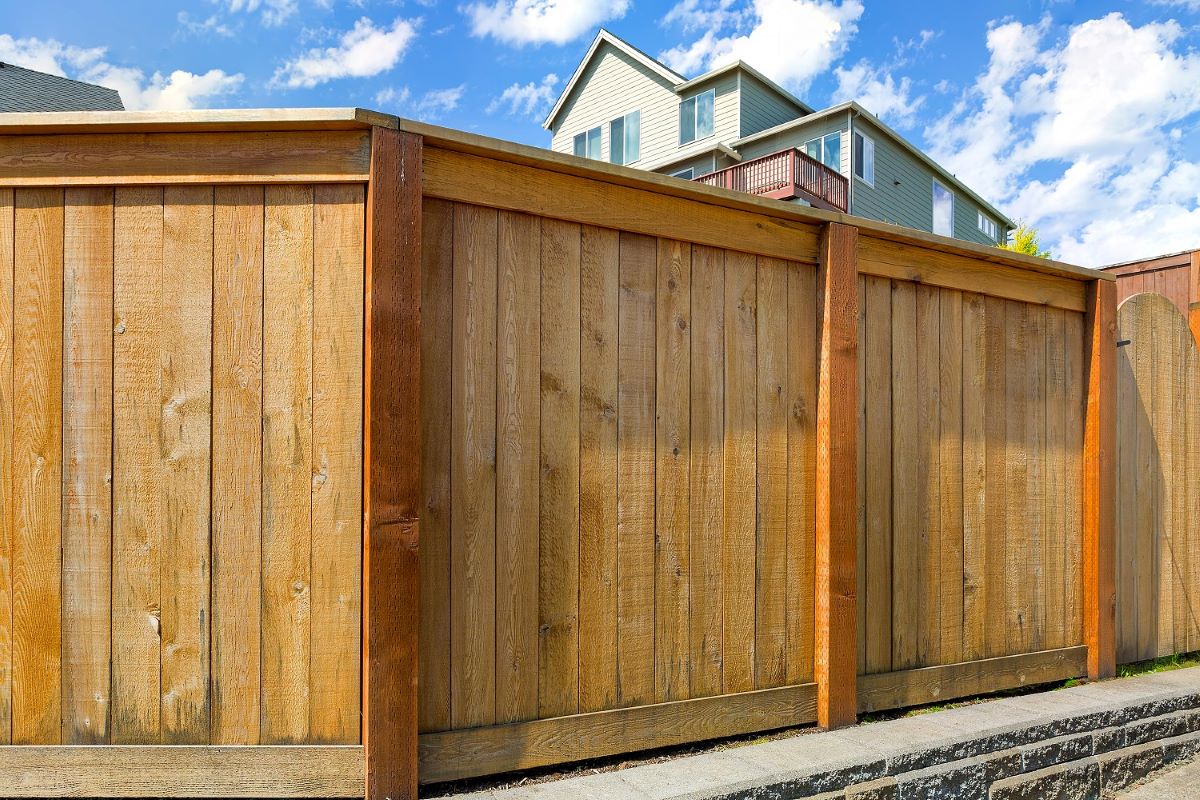
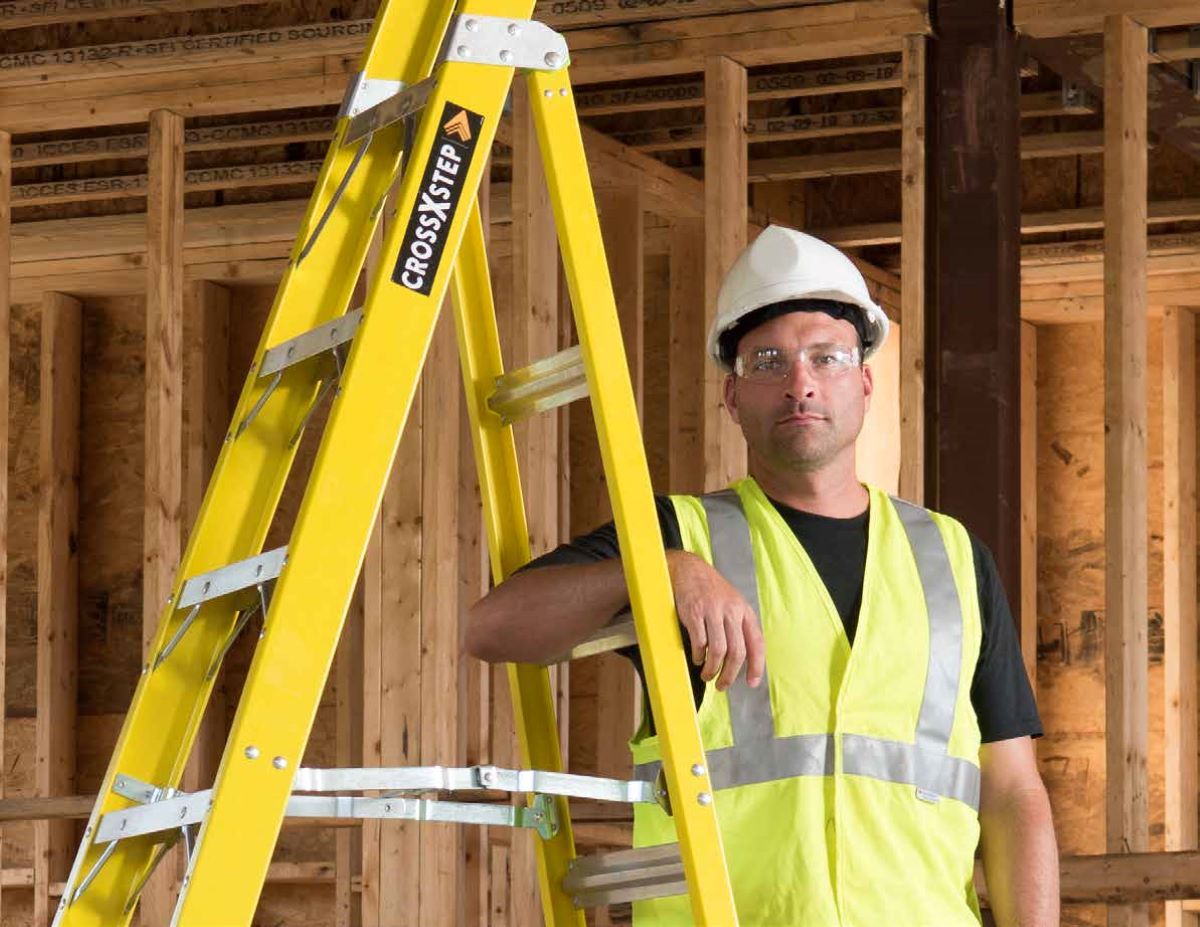
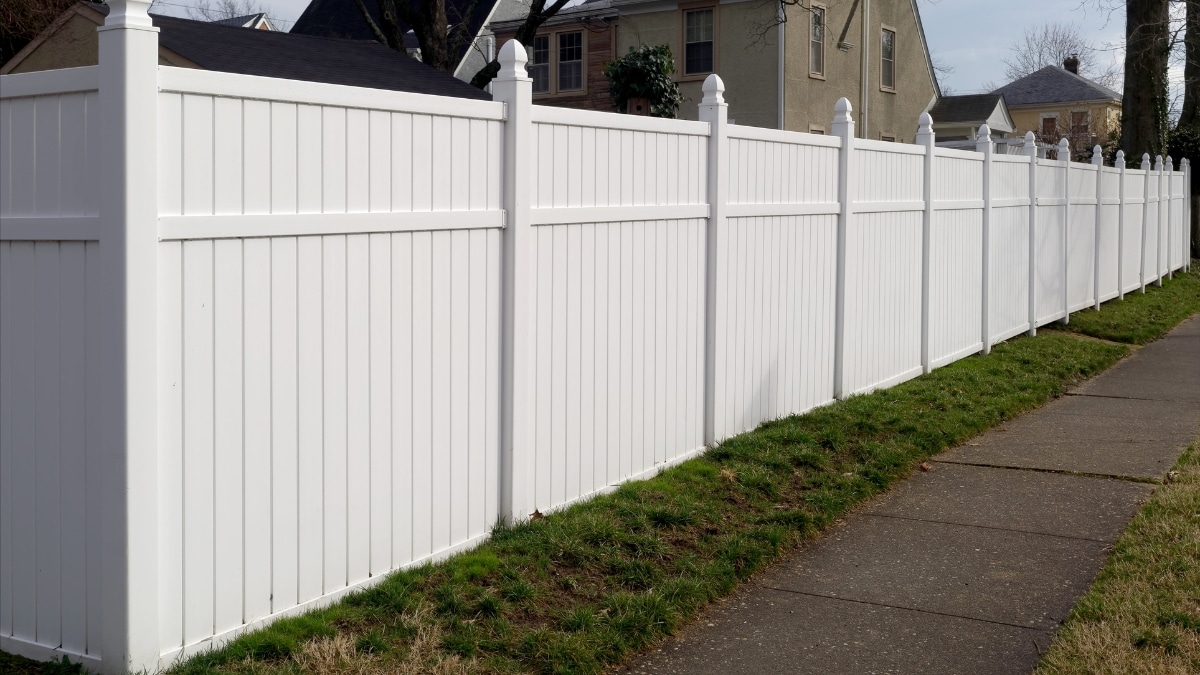

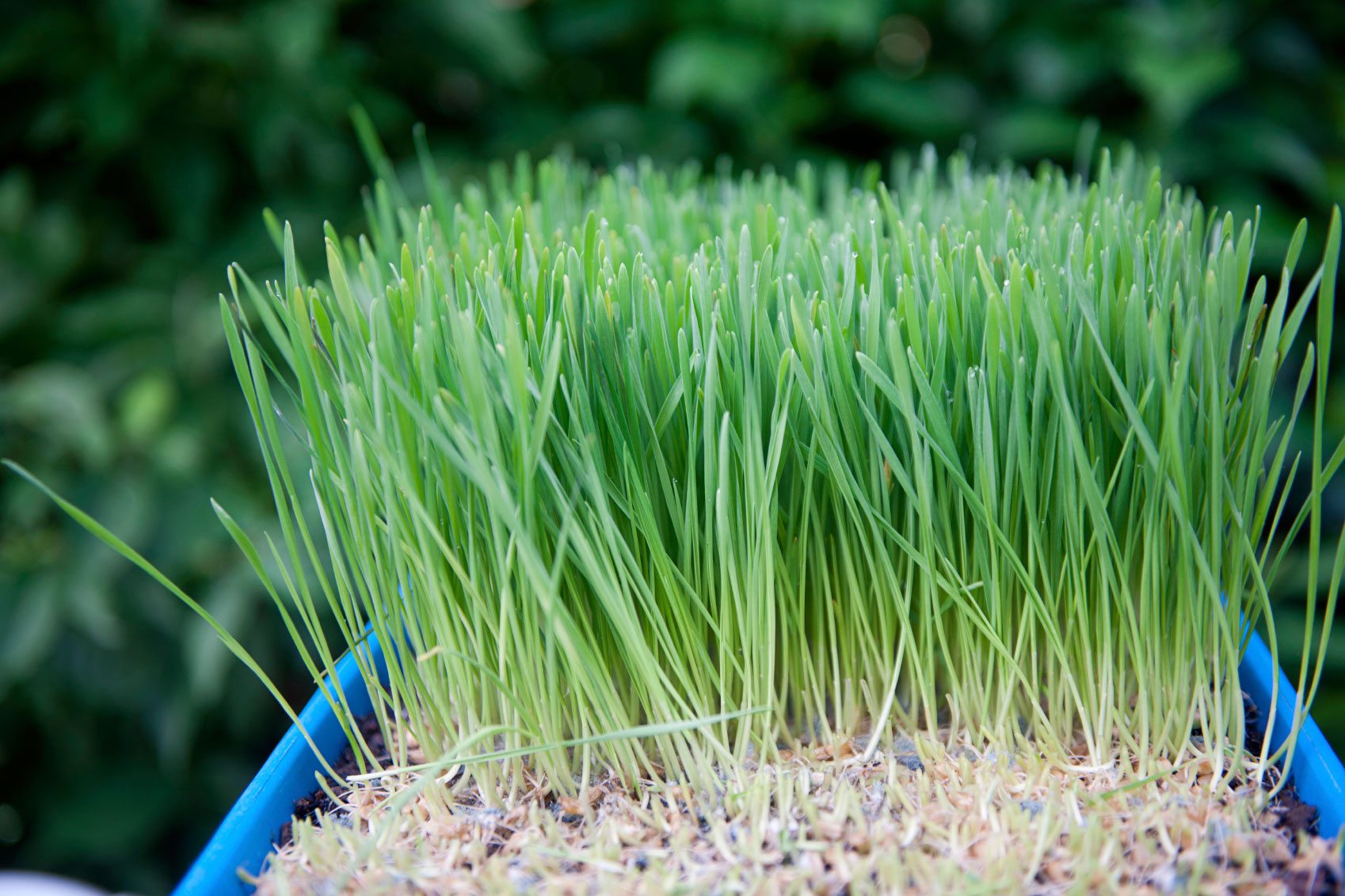
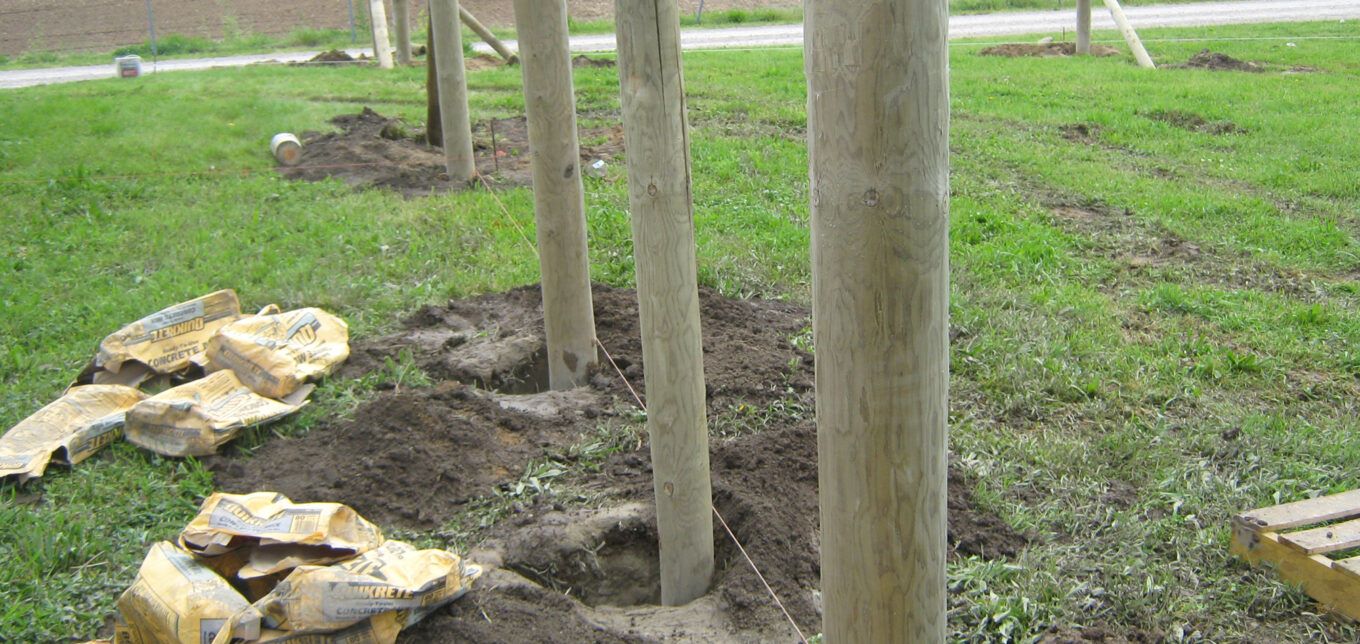
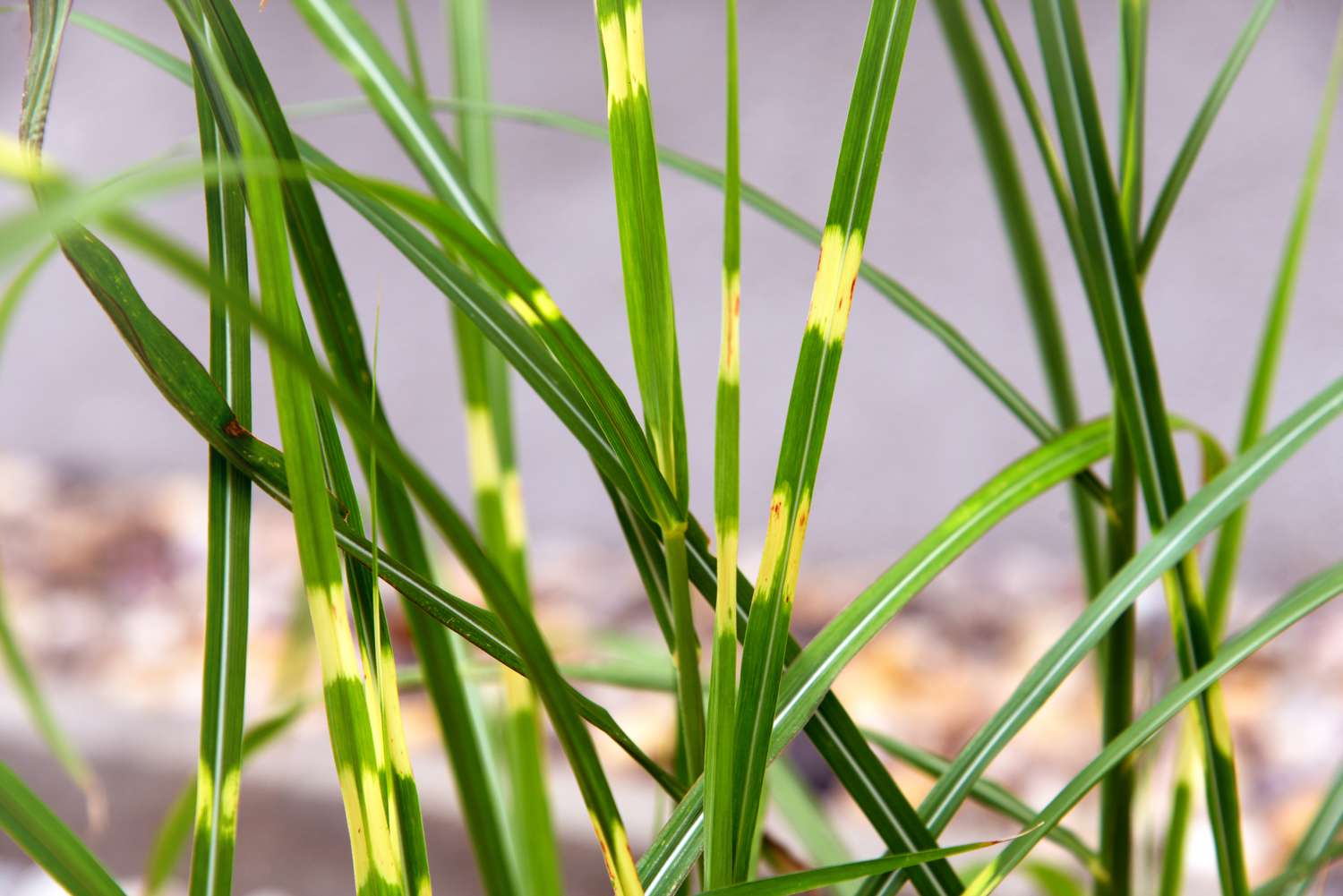

0 thoughts on “How Tall Does A Pool Fence Need To Be”